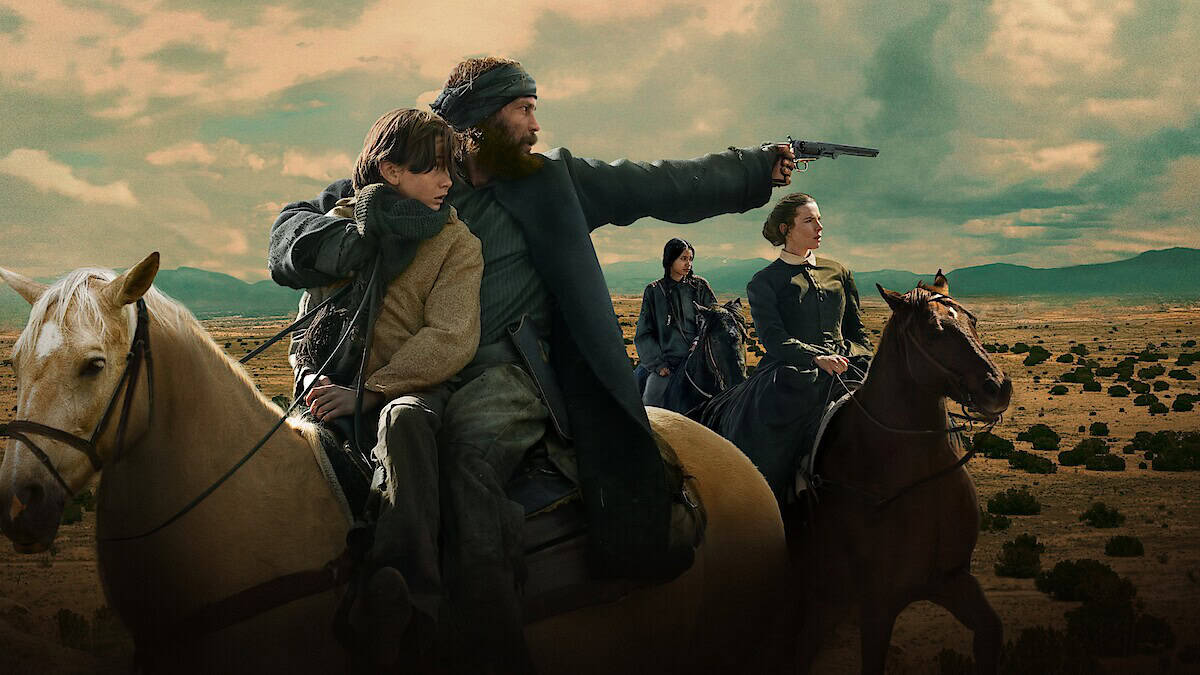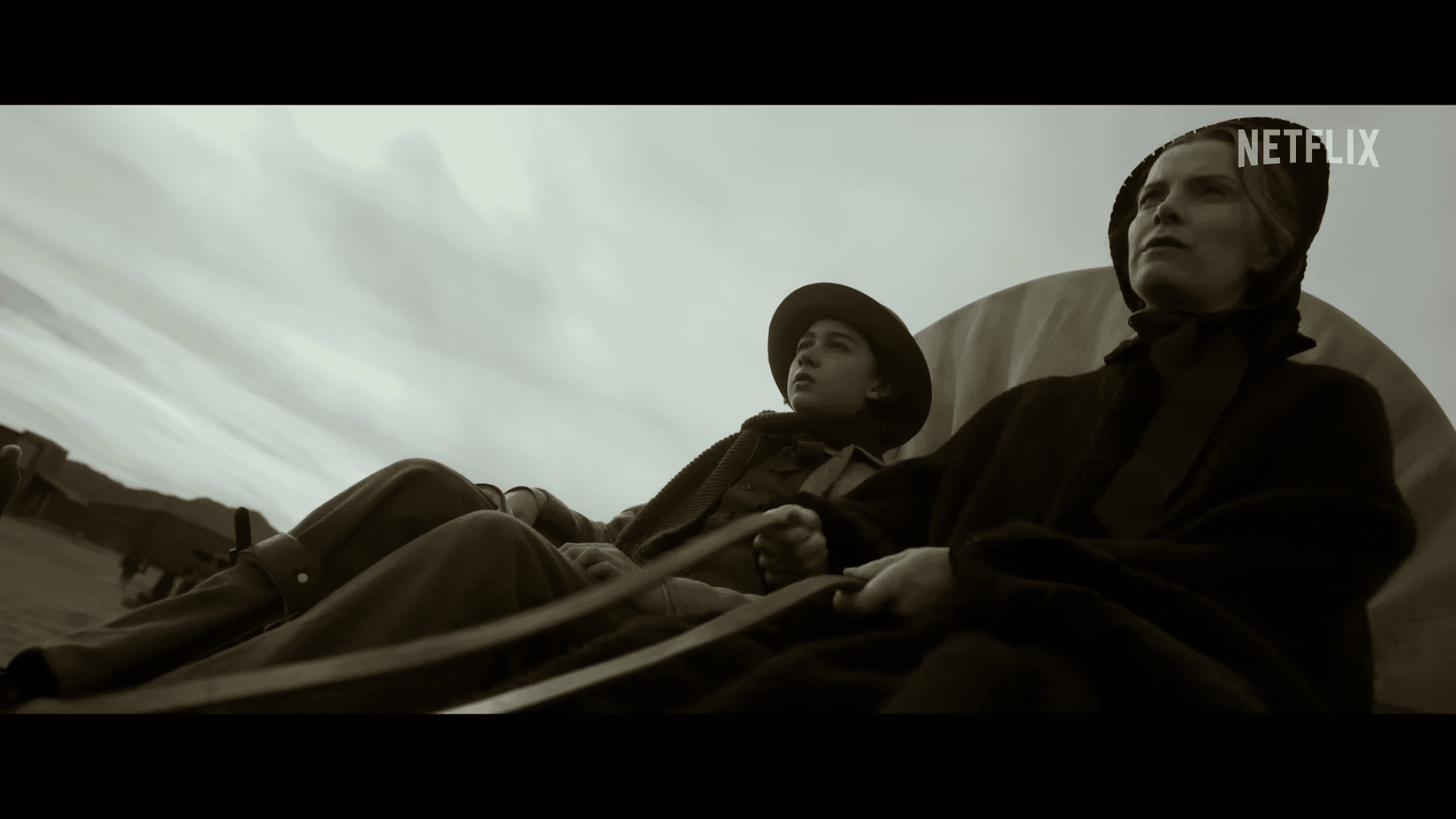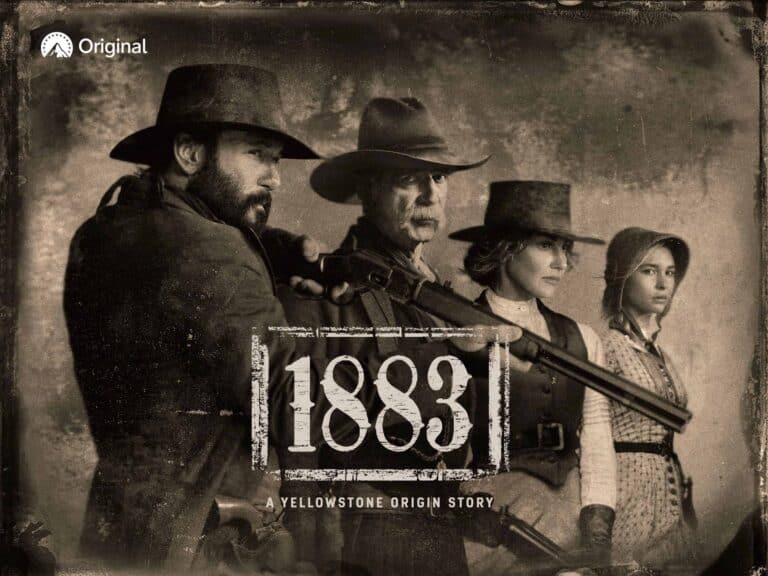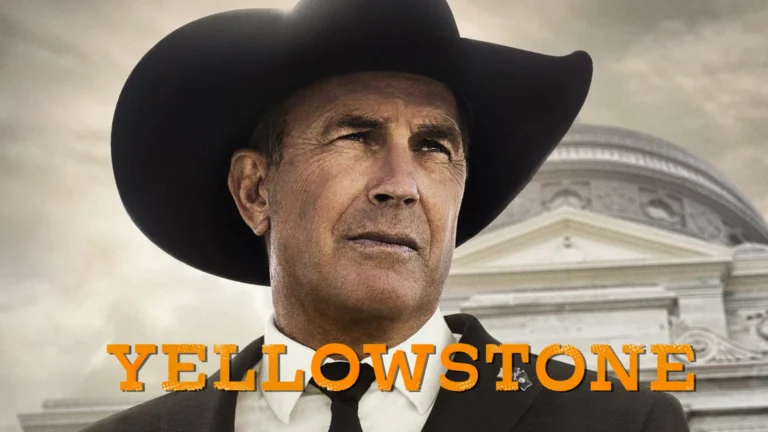
The Church of Jesus Christ of Latter-day Saints has expressed strong objections to Netflix’s series “American Primeval,” criticizing its inaccurate depiction of historical events and figures, particularly Brigham Young. The Church emphasizes the potential misunderstandings that can arise from blending historical narratives with dramatic storytelling.
This situation has sparked a broader debate about filmmakers’ responsibilities in portraying historical subjects and the impact of fictional narratives on public perceptions of history. The Church’s response highlights the significance of accurate representation and the need for diverse perspectives in understanding the past, underscoring the complex interplay between faith, history, and entertainment.
The Controversy Surrounding Netflix’s “American Primeval”

What is “American Primeval”?
“American Primeval” is a Netflix miniseries. It tells a fictional story set in the 19th-century American West. The show includes characters and events loosely based on real history. One such figure is Brigham Young, a key leader in the history of The Church of Jesus Christ of Latter-day Saints (LDS Church).
The LDS Church’s Response
The LDS Church has strongly criticized “American Primeval.” They say the show gets important historical details wrong. The Church feels the show presents a negative and unfair picture of its history and Brigham Young. This has led to a public disagreement between the Church and Netflix.
Specific Concerns
The Church has not released a detailed list of every historical inaccuracy. However, their main concern is the overall portrayal of events in Utah during the mid-1800s. They believe the show creates false ideas about their past. Some historians have also weighed in, agreeing that certain parts of the show don’t match up with known historical facts.
The Debate on Historical Fiction
This situation brings up a larger debate about how much freedom filmmakers have when telling stories based on history. Some argue that fiction allows for creative license, even if it changes some facts. Others believe that when real people and events are part of the story, there’s a responsibility to be accurate.
Pros and Cons of Historical Fiction
| Aspect | Pros | Cons |
|---|---|---|
| Entertainment Value | Can make history more exciting and accessible to a wider audience. | Can lead to misunderstandings and perpetuate false information. |
| Creative Freedom | Allows writers and filmmakers to explore “what if” scenarios and create compelling narratives. | Can distort the historical record and damage the reputation of real people. |
| Public Interest in History | Can spark interest in learning more about real historical events and figures. | Requires viewers to be critical and separate fact from fiction. |
What This Means for Viewers
Viewers of “American Primeval” should be aware that the show is not a completely accurate account of history. It’s important to do your own research if you want to learn more about the real events and people portrayed. This controversy can serve as a reminder to be critical of what we see in historical dramas.
The Future of the Show
It remains to be seen how this controversy will affect the show’s popularity. The attention could bring more viewers, or it could lead to calls for changes or even removal from Netflix.
Other Interpretations of History in Media
The debate about historical accuracy in “American Primeval” isn’t a new one. Many other films and TV shows have faced similar criticism. For example, movies about ancient civilizations or historical wars often take creative liberties. This is common, but it’s important to remember that these are interpretations, not always exact representations of the past. One example is the 2004 movie Troy. While based on Homer’s Iliad, it changed many key plot points and character details. This sparked discussion about how much filmmakers should alter source material. Another example is the show Vikings, which, while popular, has been criticized for its portrayal of Viking culture and historical figures.
The Importance of Context
When watching any historical drama, it’s helpful to consider the context. Who made the show? What was their purpose? What sources did they use? These questions can help you understand the perspective being presented. Also, looking at reviews and commentary from historians can give you a better sense of the show’s accuracy.
The controversy surrounding Netflix’s “American Primeval” highlights the ongoing tension between creative storytelling and historical accuracy. The LDS Church’s strong reaction underscores the importance of accurate representation, particularly when dealing with sensitive historical events and figures. This situation serves as a valuable reminder for viewers to approach historical dramas with a critical eye, recognizing the potential for fictionalization and the importance of seeking out reliable historical sources. The disagreement between the Church and Netflix has brought attention to the show, and it will be interesting to see how this affects its future.
Short Summary:
- The LDS Church criticizes Netflix’s “American Primeval” for inaccurately depicting historical events.
- Brigham Young is characterized as a “villainous, violent fanatic,” according to Church officials.
- The Mountain Meadows Massacre is highlighted, with leaders emphasizing a call for healing, truth, and peace.
The Church of Jesus Christ of Latter-day Saints (LDS Church) recently issued a critique of the Netflix miniseries “American Primeval,” categorizing it as “dangerously misleading.” In a post on X, church representatives expressed concern regarding the portrayal of Brigham Young, the second president of the church, who is depicted as “a villainous, violent fanatic.” This condemnation follows an episode that dramatizes the Mountain Meadows Massacre, an event that took place in 1857 and involved Latter-day Saint militias attacking a wagon train of emigrants traveling through Utah.
The statement from the LDS Church asserts that “while historical fiction can be illuminating, this drama is dangerously misleading.” It highlights that Young, revered by church members as a “courageous pioneer,” is egregiously mischaracterized within the narrative of the show. The church emphasized that such portrayals reinforce negative stereotypes about their faith and its followers, which they consider both inaccurate and damaging.
“The church has long acknowledged and condemned this horrific tragedy,” the statement read. “It has also taken significant steps to uncover and share the full truth of what happened and promote healing.”
The Mountain Meadows Massacre, a tragic event that occurred against the backdrop of the Utah War, saw the deaths of around 120 individuals, including women and children, by a group of Latter-day Saint militiamen. This episode remains sensitive in church history, and leaders have been vocal about the need to ensure it does not reflect poorly on the entire faith group.
In their detailed statement, the LDS Church called attention to the broader societal implications of such dramatizations, stating that “deceptive, graphic and sensationalized storytelling” can incite animosity, hate, and even violence. They voiced a collective concern at a time when the need for understanding and healing is paramount. According to President Russell M. Nelson, “The Savior’s message is clear: His true disciples build, lift, encourage, persuade, and inspire—no matter how difficult the situation. True disciples of Jesus Christ are peacemakers.” This notion aligns with the church’s mission to promote peace and understanding among all communities.
In response to the criticisms, director Peter Berg made a statement in an interview with The Hollywood Reporter, emphasizing that the show does not claim to be a documentary or realistic retelling of historical events. He noted that while the content draws from real history, creative liberties were taken to fit the narrative style and structure of the show. Berg mentioned, “I’ve heard some of the pushback, but I haven’t heard anyone from the Mormon side deny that the Meadows Massacre happened and that Mormons did it. I have had them express concerns that we do take other liberties.” This statement illustrates the complex tension between historical interpretation and artistic license in media.
Historians and scholars have weighed in on the controversy, noting the complexities of Brigham Young as a historical figure. John Turner, a historian and author known for his biography “Brigham Young: Pioneer Prophet,” indicated that the portrayal in “American Primeval” fails to capture Young’s multifaceted character. “You get this hypocritical sanctimony coupled with ruthlessness,” Turner remarked. “In reality, he was just a much more complex figure.” This highlights a critical dimension often overlooked in simplified narratives.
“There is really no excuse any more, if there ever was one, for inaccurate and sensationalized anti-Mormon portrayals of the Mountain Meadows Massacre,” argued Latter-day Saint scholar Dan Peterson. “The actual facts are bad enough.”
The concern over media portrayals of the LDS Church is not entirely new. Over the years, various productions like “Hell on Wheels,” “Under the Banner of Heaven,” and Broadway’s “The Book of Mormon” have also faced scrutiny for their representations. The LDS Church has previously acknowledged that some depictions in media can be fair and accurate, while others fall into the realm of stereotypes and gross misrepresentations that are detrimental to their image.
As the church navigates this latest wave of controversy, officials are emphasizing that they pursue a rigorous commitment to uncovering the truth behind historical events like the Mountain Meadows Massacre. The goal is to foster understanding, healing, and a sense of peace. Church leaders reiterate their long-standing calls for reconciliation and understanding, reflecting a commitment to combating misinformation that could lead to discord.
In addition to addressing the portrayal of Brigham Young, the church’s critique extends to how early Latter-day Saints and other groups are depicted. They argue that these portrayals foster harmful stereotypes and rather than clarifying history, they obscure reality. Leaders pointed out the troubling potential of such narratives to incite violence as evidenced by troubling social media reactions, where individuals labeled early members of their faith as “serial killers” or advocated for violence against them.
“Such graphic and sensationalized storytelling not only obscures reality and hinders genuine understanding,” the church warned, “but can foster animosity, hate, and even violence.”
Besides addressing the current Netflix controversy, the LDS Church continues to engage with the media landscape knowingly as they confront both challenges and opportunities for dialogue. In the context of the historical complexities of the Mountain Meadows Massacre, church representatives maintain that understanding and education must be prioritized over sensationalism. Their advocacy for peace, coupled with their desire for accurate historical representation, leads them to remain actively engaged with the public conversation.
As this dialogue unfolds, the broader public discourse continues to echo back and forth on social media and beyond. “American Primeval” has sparked an engaged viewership and intense conversation regarding the portrayal of history, faith, and morality. The show’s reception showcases the complexities of depicting sensitive historical events and figures, which present challenges for filmmakers and historians alike.






